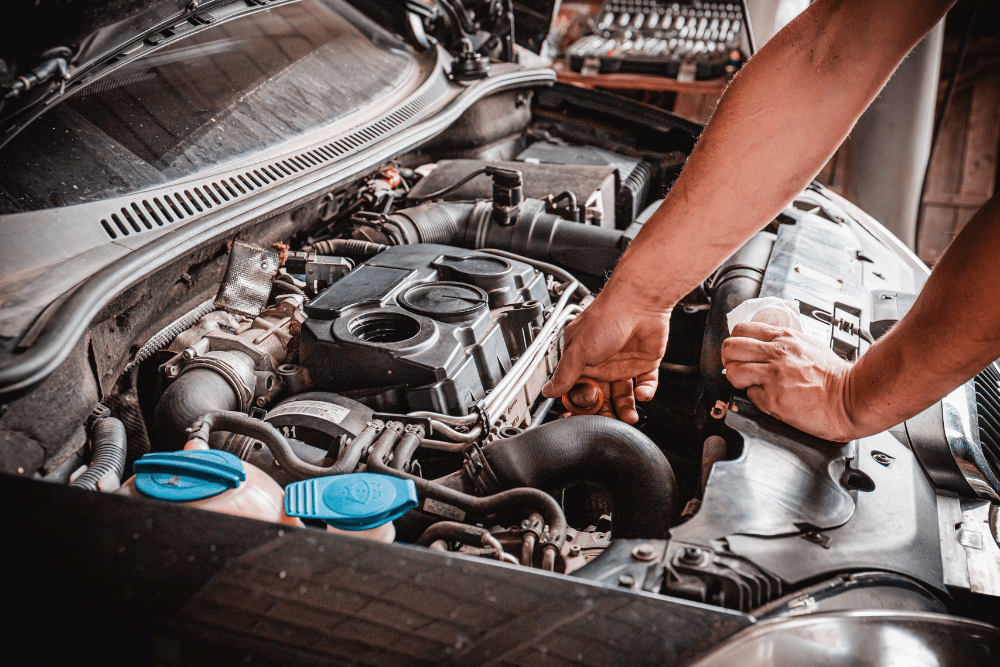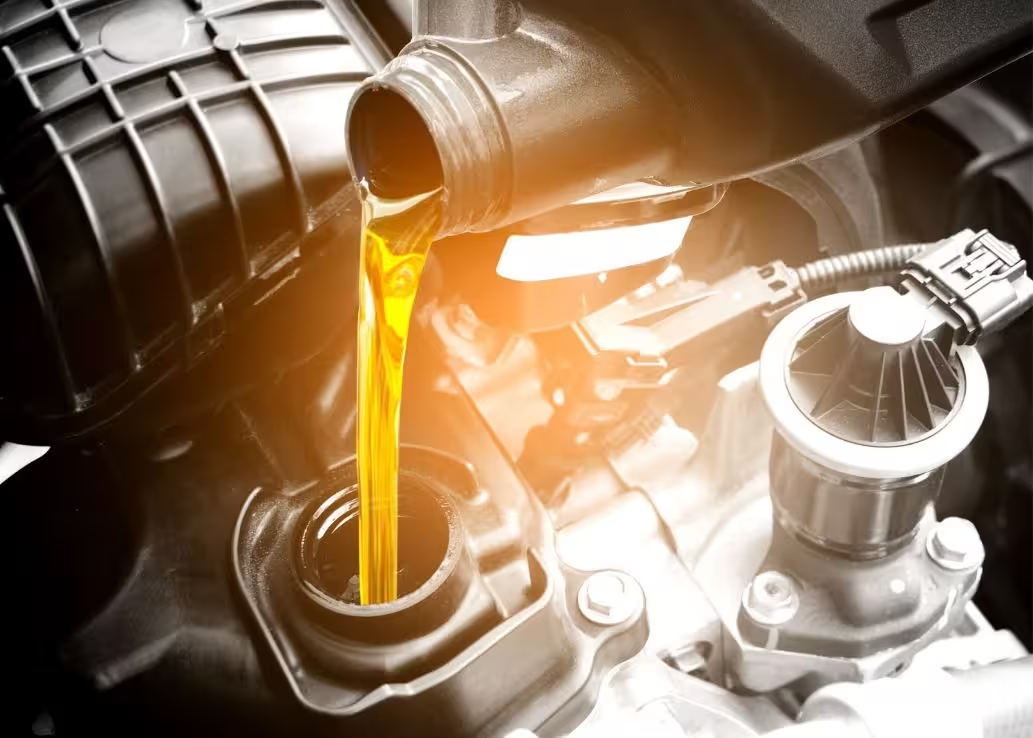Bad Weather Driving In MN Best Safety Tips
Ask any local, and they’ll tell you that there are many perks to living in Minnesota; they’ll also tell you that nice weather isn’t one of them. Minnesota winters bring extremely cold temperatures coupled with snow and ice, while spring comes with violent thunderstorms that are often accompanied by hail, straight-line winds and even the occasional tornado. This inclement weather can make for unsafe driving conditions.
Unfortunately, personal commitments may sometimes force us to make a drive during bad weather in Minnesota. Severe weather can make road conditions perilous but there are measures you can take to mitigate the danger. Read on to learn how to handle your car in different kinds of bad weather.

Driving During Severe Weather in MN
• Rain – It rains a lot during spring and summer in Minnesota. Normally, driving in rain isn’t too bad as long as your vehicle’s windshield wipers are working well. However, heavy rain can severely limit visibility and may pool on roads, leading to hydroplaning. When driving in strong rain, it is best to turn on your car’s high-beams and reduce your speed so that you have more time to react if your car does begin to hydroplane. If your car hydroplanes on a slick road, don’t panic and slam the brakes, which can lead to an accident. Instead, lightly press the brakes and turn in the direction your car is skidding to regain control of your vehicle. Note that torrential rain in lower-elevation areas of Minnesota may cause flooding. If a roadway is covered by standing water, never drive into it, as the water might be deeper than you’re expecting and cause severe damage to your automobile.
• Thunderstorm – Operating your vehicle during a thunderstorm comes with all the same dangers of driving during the rain, and then some. Thunderstorms often produce strong winds which may be powerful enough to push your car around if you don’t keep a strong grip on the steering wheel, as well as kicking up debris which may reduce your visibility and damage your windshield. Be especially careful if driving through a forested area, since trees may collapse into the roadway. Another danger is hail, which can crack or shatter your windshield if large enough, as well as making the road slick. If hail begins falling, it is best to get off the road and park your car beneath shelter. While rare, it is possible for lightning to strike a vehicle. Although cars are designed to protect occupants from injury in the event of a lightning strike, such an event will likely disable your vehicle, which makes it risky to drive in a severe thunderstorm.
• Snow – Driving in snow during the winter in Minnesota is always a harrowing experience. Snow makes roads slick and keeps your car’s tires from gripping as it accumulates, which can easily lead to your vehicle sliding out of control and crashing. By the end of November, you should switch your car over to winter tires, which have better traction when driving in snow and reduce the risk of a spinout. While driving on snow-covered roads, always go slowly and leave a great amount of distance between your vehicle and the one in front of you to avoid crashing if you are forced to stop abruptly. When you do stop, apply your brakes slowly to keep in control of your vehicle, and be doubly careful when driving down a hill. If snow is falling, turn on your car’s high-beams so that you can see the road in front of you.
Vehicle Maintenance to Prepare You for Bad Weather in MN
One more key tip for driving in any kind of bad weather that Minnesota throws at you is to make sure that your car is operating in good condition by performing regular maintenance. A car that can barely start on a good day is likely to have a rough time with inclement weather. Give Arvu Auto a call today for proficient vehicle repair and maintenance services in the West Minneapolis metro!
Visit Us at Our Watertown Location:
601 White St SE, Watertown, MN 55388 | Phone: 952-955-2761
We also offer European auto repair at our Cokato and Long Lake locations:
Cokato: 14177 US Highway 12, Cokato, MN 55321 | Phone: 320-286-5925 Text: 320-247-6296
Long Lake: 560 Willow Dr N, Long Lake, MN 55356 | Phone: 952-444-1093 Text: 952-234-7675
Schedule your service with Arvu Auto today and Drive in Confidence!




